Imagine you’re the head of a large business, and your systems have just been hit with a data breach. You now have to scramble to respond: patch up holes, identify the source of the breach, secure data, and deal with the potential fallout from customers whose data may be compromised.
Reactive vs proactive IT: which should you choose? Without the right strategy, your business could face a situation where you’re trying to put out fires before they even start. Learn which approach can keep your business prepared for anything.
What Is a Reactive IT Approach?
Reactive IT approaches are characterized by reacting quickly after a crisis or problem has arised. Although fires can be extinguished after they start, this method has its drawbacks:
1. Slow Response Times
Reactive approaches are often plagued by slow response times. As a result, businesses must wait for a resolution while risking the potential loss of sensitive data and customer trust.
2. Prevention Isn’t a Priority
This IT approach lacks preventative measures; thus, leaving businesses vulnerable to future attacks and other IT issues. With 51% of small businesses not having any cybersecurity measures in place, a reactive vs proactive approach can often result in irreparable damage.
3. Unpredictable Costs for Repair
A reactive approach can be costly and inefficient for businesses. For instance, what seems like a simple fix could be more serious and complicated to solve. Businesses may end up paying more than what they originally allotted for their IT budget.
How Your Business Can Benefit from Being Proactive
Now let’s imagine that scenario again: you’re the head of IT for a large business, and your systems have just been hit with a data breach. Instead of scrambling to be reactive vs proactive, you have already taken preventive measures ahead of time. You utilized 24/7 monitoring, invested in security tools, and implemented data backup and disaster recovery.
Thanks to this proactive approach, your team can quickly identify the source of the breach and take steps to secure your data while avoiding further damage from compromised customer or client data.
Here’s how it works:
- Preventative: A proactive strategy emphasizes IT strategies and solutions designed to protect businesses from potential security threats, data breaches, system downtime, or other technology-related issues.
- 24/7 Monitoring Services: IT service providers, like Simple Systems, offer 24/7 monitoring services that help identify and diagnose problems before they become costly liabilities.
- Security Tools: Security tools like antivirus software, malware scanners, and firewalls are essential for a proactive approach to keeping businesses safe from cyber threats.
Reactive vs proactive IT strategies could determine which scenario your business experiences. Ultimately, a proactive approach is a better option than reactive IT.
The Benefits of a Proactive Approach
A proactive IT approach can be more beneficial for your business. In fact, many businesses now are stepping away from a reactive IT approach and are opting for proactive security measures. When you adopt a proactive approach, you experience the following benefits:
1. Reduced Risk
Risk is an important consideration when it comes to reactive vs proactive approaches. Proactive IT strategies and tools help to reduce the risk of data loss and downtime. Additionally, this approach can help keep your business in check with compliance regulations. On the other hand, reactive IT approaches run the risk of breaking compliance regulations because a data breach is a direct violation.
2. Increased Efficiency
Employees can’t wait around for an issue to be resolved—work needs to get done. A proactive approach identifies problems before they become a serious issue, which improves the efficiency of resources. Your employees won’t need to wait for an uncertain amount of time for things to work again to resume their tasks.
3. Improved Customer Experience
Reactive vs proactive approaches affect customer experience. Technology disruptions means you can’t help your customers. Data breaches means you’ve lost your customers’ information to cybercriminals. Both scenarios could be potential results of deploying a reactive approach. However, proactive IT works to ensure neither of these situations occur, so you can have happy customers.
Finding the Right IT Provider Who Utilizes a Proactive Approach
To enjoy the benefits of a proactive approach, find an IT provider who takes a proactive stance on managing your business’s technology. While some providers may offer reactive vs proactive services Simple Systems has the capabilities to offer proactive solutions.
We are technology experts ready to keep your business running securely. Our 24/7 monitoring and security tools allow us to quickly identify potential problems and implement the preventative measures necessary to keep your business safe.
Get Proactive IT at Simple Systems
At Simple Systems, we take our proactive approach seriously. We can help you design and maintain an IT strategy that works for your business from day one. Enjoy peace of mind knowing that your business is prepared for disaster. Keep yourself and your business safe by contacting us today.


